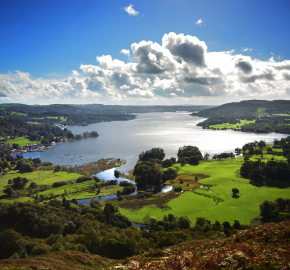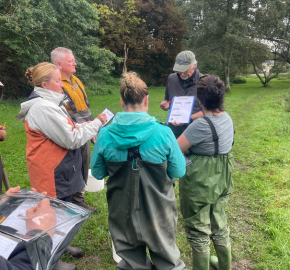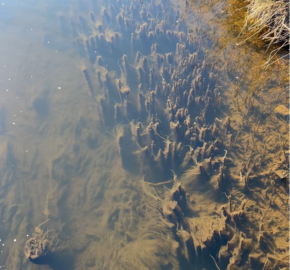The Upper Dane: a SmartRiver Study
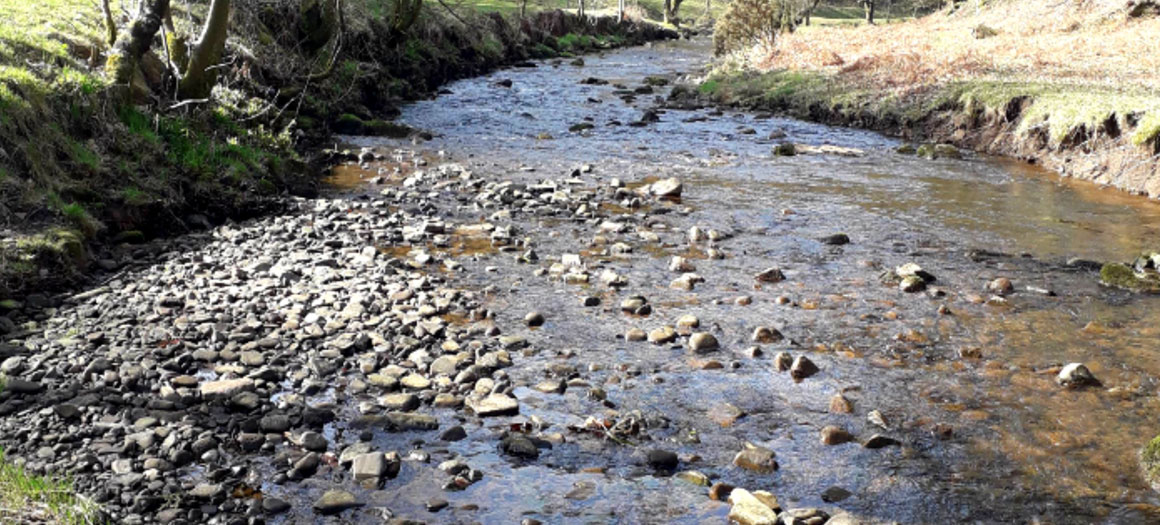
The Upper Dane is one of 18 volunteer-led SmartRivers hubs across the country. Heather Tewnion a Living Landscape Officer from Cheshire Wildlife Trust explains the main pressures facing the river and its inhabitants.
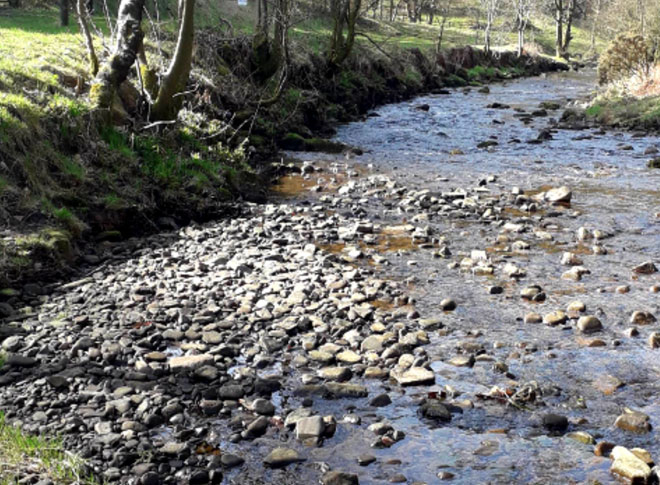
Tell us about the River Dane?
The Upper Dane Catchment is an upland river network for the River Dane, located in the Pennine Fringe upstream of Hug Bridge Water Treatment Works. The catchment crosses the three counties of Derbyshire, Staffordshire and Cheshire, covering an area of 72.9km2.
There are several minor and some major tributaries draining into the main River Dane, with rainfall and slope runoff being major influences of water levels and nutrient input.
Livestock farming is the most common land use in the catchment, followed by moorland management. The majority of land is grassland or moorland; it is steep or undulating on relatively poor soils, making it unsuitable for growing crops.
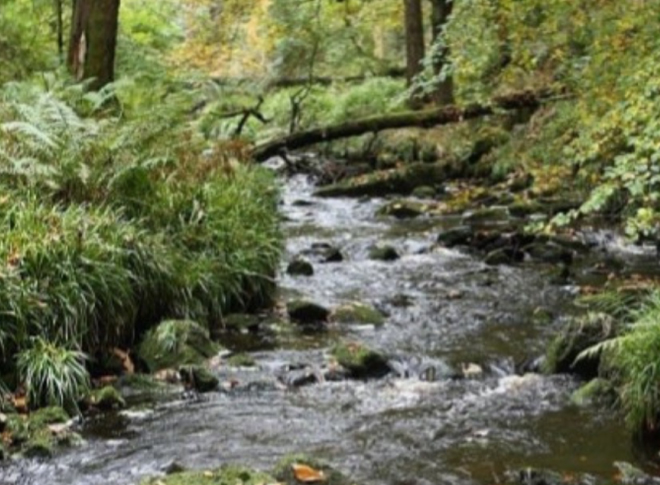
What are the main challenges?
With rainfall reaching 1600mm/year on the highest ground, winter storm events can cause damage to unstable grounds. With large areas of land being under intense livestock grazing, and the nature of upland areas being steep sided, there is limited buffering in places to reduce and slow run off into the streams.
Invasive species, namely Himalyan Balsam and Rhododendron are increasingly becoming an issue in parts of the Upper Dane, Shell Brook and Clough Brook being the main ones affected by balsam currently. Many areas remain unscathed by these invasives, however if left untreated this many not be the case in the coming years.
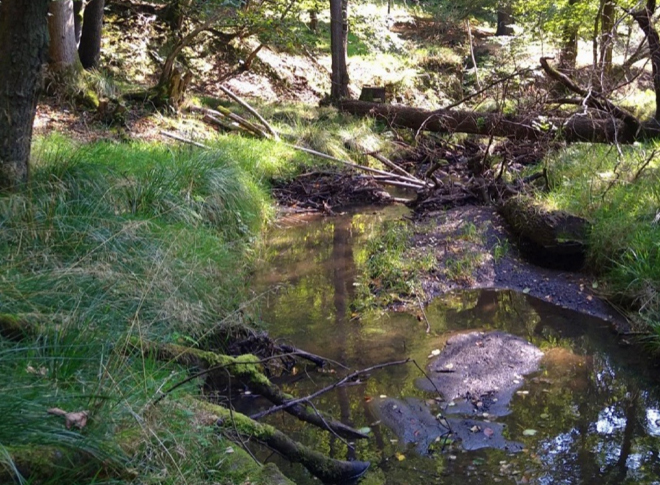
What is being done to protect the river?
Cheshire Wildlife Trust has undertaken projects to reduce the effects of high rainfall events. Slow the Flow works and tree planting efforts have been employed to return areas of overgrazed pasture to clough woodland for improved water quality and reduced soil erosion and water run-off. These actions will also provide improved water quality to support an increase in aquatic invertebrate communities and wild fish populations.
The local community are putting in great efforts to reduce invasive species, including Himalayan Balsam along the stream banks that lead into the River Dane. They are seeing and enjoying the benefits of having locally clean streams. We also have a group of enthusiastic volunteers ready to start surveying and discovering what lies beneath the surface.

